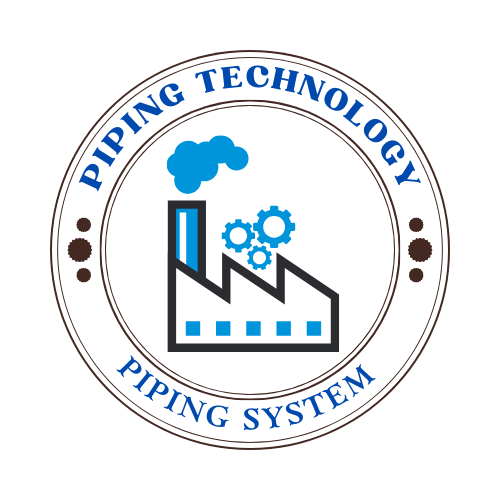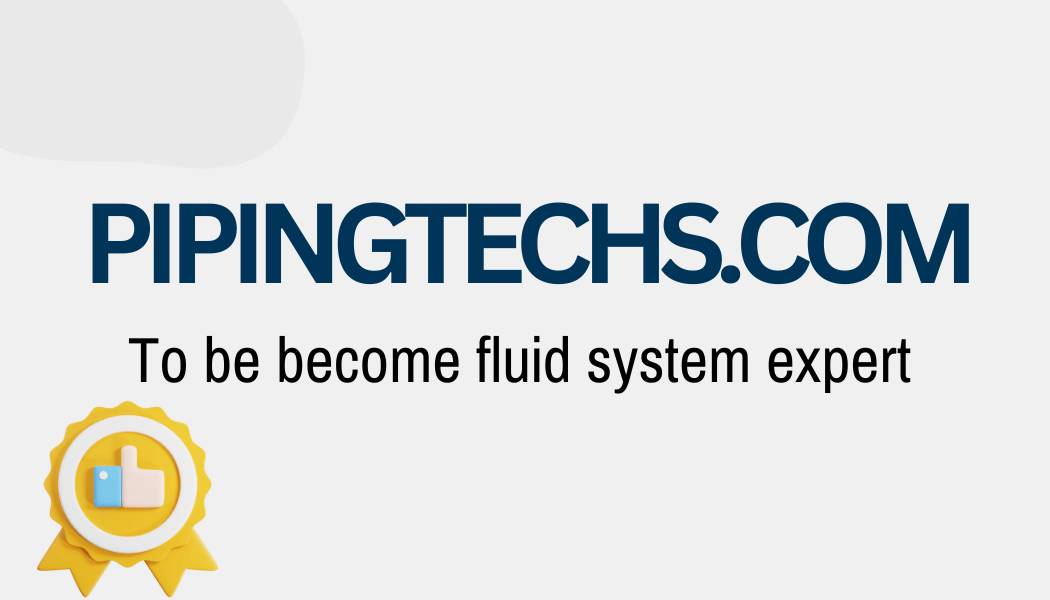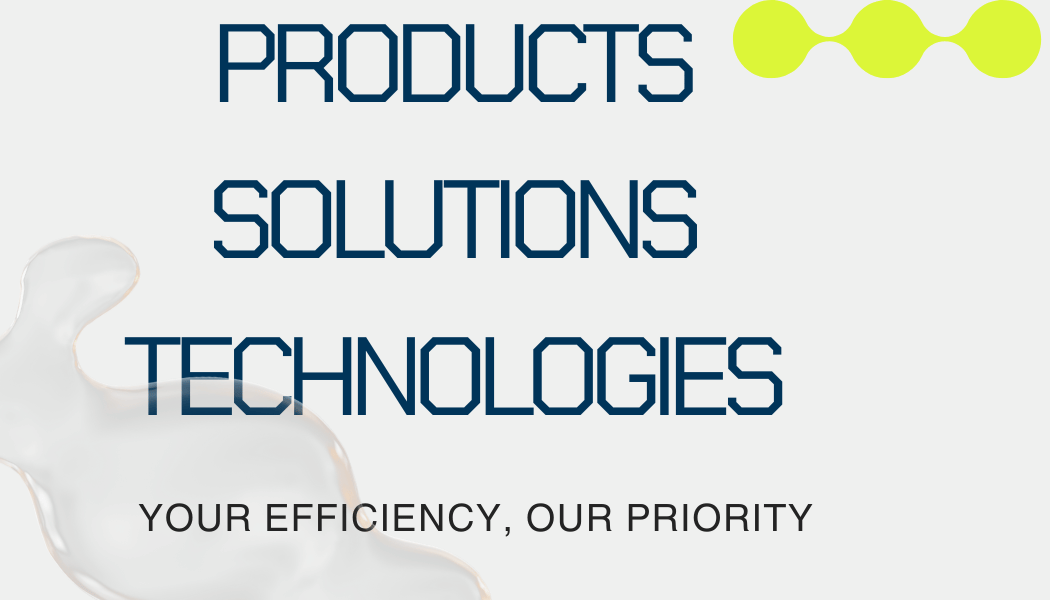What are ISO Standards? Comprehensive List of ISO Standards
Contents
- 1 I .What are ISO Standards?
- 2 II. Categories of ISO Standards
- 3 III. Comprehensive List of ISO Standards
- 4 IV. Implementation of ISO Standards
- 5 V. Conclusion

Contents1 I. What is Nominal Pipe Size?1.1 Key Features of NPS:1.2 Application:2 II. Understanding Nominal Pipe Size2.1 1. Concept of NPS2.2 2. Diameter and Thickness2.3 3. Standardization2.4 4. Measurement Units2.5 5. Using NPS in Calculations2.6 6. Applications Across Industries2.7 7. Importance of NPS Charts3 III. Nominal Pipe Size Chart Explained3.1 Understanding the NPS Chart3.1.1 1. […]

Contents1 I. Types of Pipe Welding Techniques1.0.1 1. Shielded Metal Arc Welding (SMAW)1.0.2 2. Gas Tungsten Arc Welding (GTAW/TIG)1.0.3 3. Gas Metal Arc Welding (GMAW/MIG)1.0.4 4. Flux Cored Arc Welding (FCAW)2 II. How to become a Pipe Welder2.1 Step 1: Obtain a High School Diploma or GED2.2 Step 2: Pursue Technical Training2.3 Step 3: Gain […]

Contents1 I. What are Welding Codes for Piping?2 2.1 Purpose of Welding Codes for Piping:3 II. Major Welding Codes for Piping3.1 1. ASME B31 Series – Pressure Piping Codes3.2 2. API (American Petroleum Institute) Codes3.3 3. AWS (American Welding Society) Standards3.4 4. ISO (International Organization for Standardization) Codes3.5 5. EN (European Norm) Standards3.6 Key Differences […]

Contents1 I. Types of Engineering Drawings1.1 1. Orthographic Drawings1.2 2. Isometric Drawings1.3 3. Detailed Drawings1.4 4. Schematic Drawings1.5 5. Assembly Drawings1.6 6. Exploded View Drawings1.7 7. Perspective Drawings1.8 8. Block Diagrams1.9 9. Flowcharts1.10 10. 3D Modeling and Renderings2 II. Key Elements of an Engineering Drawing2.1 1. Title Block2.2 2. Drawing Scale2.3 3. Line Types and […]

Contents1 I. What are API 6A Standards?1.1 Key Aspects of API 6A Standards:2 II. Key Components and Specifications of API 6A2.1 1. Wellhead Equipment2.2 2. Christmas Trees2.3 3. Connectors and Flanges2.4 4. Material Requirements2.5 5. Pressure and Temperature Ratings2.6 6. Testing and Quality Assurance2.7 7. Design and Manufacturing Standards2.8 8. Traceability and Documentation3 III. Design […]

Contents1 I. What is API 620?1.0.1 Key Aspects of API 620:2 II. Scope of API 620 Standard2.0.1 Key Elements of the API 620 Scope:3 III. Design Requirements for API 620 Tanks3.0.1 1. Structural Design Criteria:3.0.2 2. Materials and Toughness:3.0.3 3. Welding Standards and Procedures:3.0.4 4. Tank Roof and Bottom Design:3.0.5 5. Environmental and Loading Considerations:3.0.6 […]

Contents1 I. Scope of the API 1104 Standard1.0.1 Applications Beyond Pipelines2 II. Key Sections of the API 1104 Standard2.0.1 1. Welding Procedure Specifications (WPS)2.0.2 2.0.3 2. Qualification of Welding Procedures2.0.4 3. Welder Qualification2.0.5 4. Inspection and Testing2.0.6 5. Defect Acceptance Criteria2.0.7 6. Repair and Rework of Welds2.0.8 7. Design and Preparation of the Weld Joint2.0.9 […]

Contents1 I. What is API 610?2 II. Historical Background2.1 Key Milestones in API 610’s Development:2.2 Notable Changes in Recent Editions:2.3 Global Influence and ISO Harmonization3 III. Types of Pumps Covered Under API 6103.1 1. Overhung Pumps (OH)3.2 2. Between-Bearings Pumps (BB)3.3 3. Vertically Suspended Pumps (VS)3.4 Summary of API 610 Pump Types4 IV. Key Design […]

Contents1 I. What is the AWS A2.4 Standard?1.0.1 Key Aspects of AWS A2.41.0.2 Importance of AWS A2.42 II. Key Components of AWS A2.42.0.1 1. Welding Symbols2.0.2 2. Brazing Symbols2.0.3 3. Nondestructive Examination (NDE) Symbols2.0.4 4. Supplementary Symbols and Data2.0.5 5. Combination of Symbols2.0.6 6. Orientation and Placement of Symbols on Drawings3 III. The Structure of […]

Contents1 What is API 653 standard?1.1 Key Aspects of the API 653 Standard1.2 Importance of API 653 in Industry2 II. Key Components of API 6533 III. API 653 Inspection Requirements3.1 Types of Inspections3.2 Inspection Frequency and Intervals3.2.1 Procedures and Checklist for Inspections4 IV. Reconstruction and Rerating of Tanks4.0.1 1. Reconstruction of Tanks4.0.2 2. Rerating of […]


 Automation System
Automation System  Energy Engineeing
Energy Engineeing  Instrumentation System
Instrumentation System  Mechanical Engineeing
Mechanical Engineeing  Piping Technologies
Piping Technologies  Transportations
Transportations  Manufacturing
Manufacturing  Training Material
Training Material 


 This standard outlines the criteria for a quality management system and is based on principles such as customer focus, leadership, process approach, and continual improvement. It helps organizations ensure that their products and services consistently meet customer requirements and enhance customer satisfaction.
This standard outlines the criteria for a quality management system and is based on principles such as customer focus, leadership, process approach, and continual improvement. It helps organizations ensure that their products and services consistently meet customer requirements and enhance customer satisfaction.

